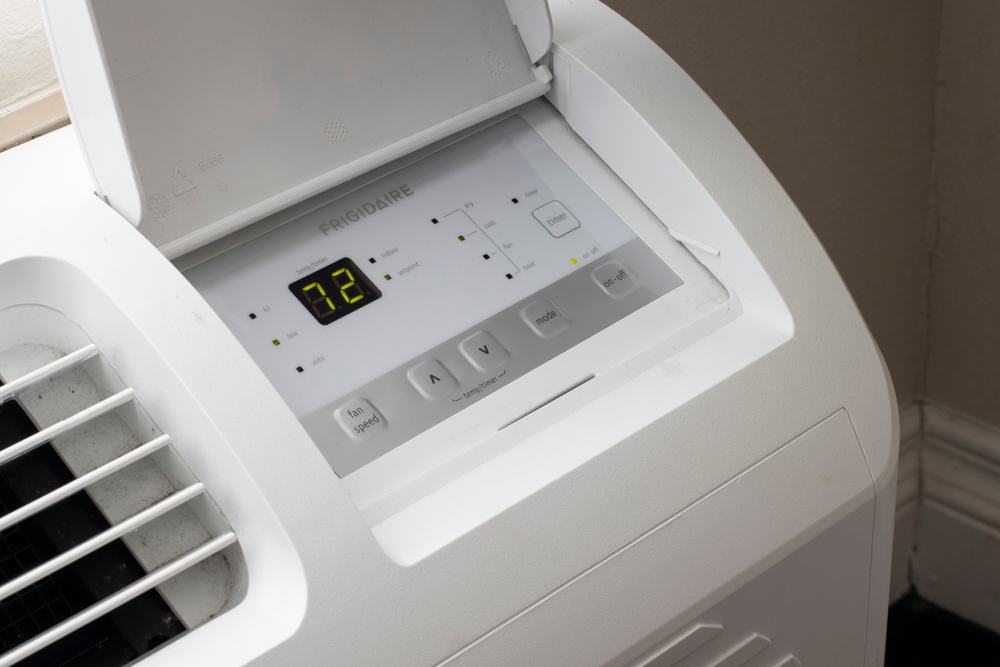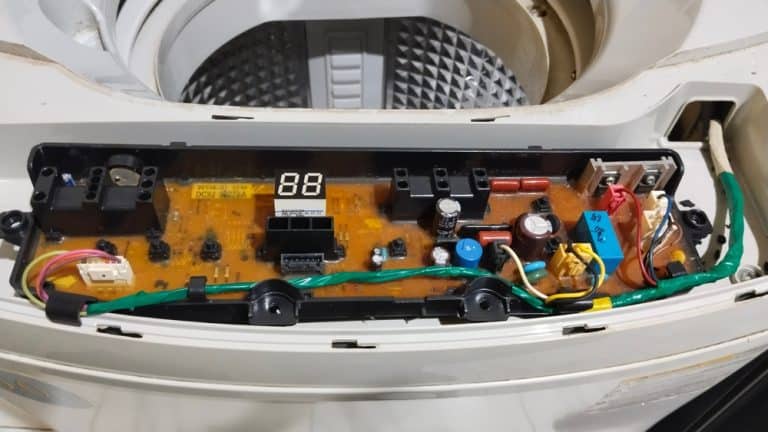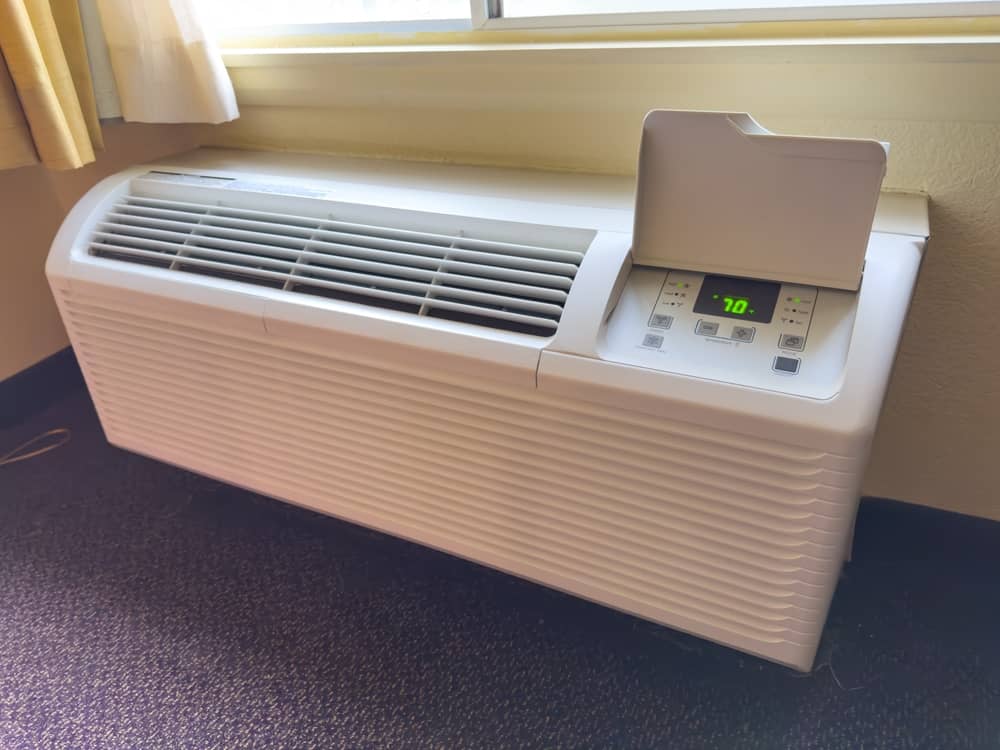Menu
(646) 740-0112
(646) 740-0112
Discover why residents and property managers in New York City trust us for their HVAC needs. Read testimonials from our clients who have experienced the quality, professionalism, and reliability that we bring to every project. Their stories highlight our commitment to excellence and customer satisfaction.

In Sunset Park, NY, Packaged Terminal Air Conditioners (PTAC) are a common sight, known for their convenience and efficiency. But when issues arise, it’s crucial to understand the basics of how these systems work. As a seasoned expert at High Tech PTAC Service NYC, I’ve seen firsthand the challenges and complexities involved in maintaining these units. PTAC systems, often found in hotels and apartment buildings throughout Kings County, provide individualized heating and cooling, but this also means they’re prone to specific problems unique to their design.
Familiarizing yourself with the components of a PTAC unit can be immensely beneficial. Most problems arise in areas like the compressor, the heating and cooling elements, or the thermostat controls. In Kings County, we frequently encounter issues like leaks or electrical malfunctions. At High Tech PTAC Service NYC, our approach is to first understand the unit’s specific make and model. This knowledge is crucial in accurately diagnosing issues and providing effective solutions.
Our team at High Tech PTAC Service NYC comprises skilled professionals, well-versed in PTAC systems across Sunset Park, NY.
We understand the importance of timely repairs, especially in emergency situations in Kings County.
At High Tech PTAC Service NYC, ensuring customer satisfaction with every repair in Sunset Park is our top priority.

Dealing with PTAC problems in Sunset Park, NY, requires a keen understanding of the most common issues these units face. At High Tech PTAC Service NYC, I’ve encountered a variety of challenges, ranging from simple fixes to complex technical repairs. One typical problem is inefficient heating or cooling, often due to blocked air filters or issues with the thermostat. These are usually the first aspects we check during a service call. Another common issue is strange noises from the unit, which can indicate anything from a loose part to a more serious mechanical problem.
Additionally, residents in Kings County often face specific challenges due to the local climate. For instance, high humidity levels can lead to moisture problems within the unit, causing mold or mildew buildup. Electrical issues are also not uncommon, given the complexity of PTAC systems. At High Tech PTAC Service NYC, we emphasize the importance of addressing these issues promptly. Ignoring them can lead to more significant problems, potentially requiring expensive repairs or even complete unit replacements. Remember, our team is just a call away at (646) 740-0112 for any PTAC issues.

Preventative maintenance is crucial for keeping your PTAC unit functioning optimally in Kings County. In my experience with High Tech PTAC Service NYC, regular maintenance not only prolongs the life of your PTAC unit but also ensures it runs efficiently. Simple tasks like changing filters and cleaning the condenser coils can make a significant difference. These actions help in preventing common issues such as reduced heating or cooling efficiency and can even improve the air quality in your space.
In addition to these basic steps, it’s also important to keep an eye on the overall health of your unit. This includes checking for any unusual noises or signs of wear and tear. Regularly inspecting the power cords and control panels for any signs of damage is also crucial. If you’re unsure about how to properly maintain your PTAC unit, don’t hesitate to contact us at High Tech PTAC Service NYC. Our experts are always ready to provide guidance or assist with more complex maintenance tasks. Remember, a well-maintained PTAC unit is not only more efficient but also safer to operate. Call us at (646) 740-0112 for top-notch maintenance services.
Though modern-day Brooklyn is coextensive with Kings County, this was not always the case. South Brooklyn, an area in central Kings County extending to the former Brooklyn city line near Green-Wood Cemetery’s southern border, was originally settled by the Canarsee, one of several indigenous Lenape peoples who farmed and hunted on the land. The Canarsee had several routes that crossed Brooklyn, including a path from Fulton Ferry along the East River that extended southward to Gowanus Creek, South Brooklyn (present-day Sunset Park), and Bay Ridge. The Canarsee traded with other indigenous peoples, and by the early 17th century, also with Dutch and English settlers.
The first European settlement occurred in 1636 when Willem Adriaenszen Bennett and Jacques Bentyn purchased 936 acres (379 ha) between 28th and 60th Streets, in what is now Sunset Park. However, after the land was purchased in the 1640s by Dutch settlers who laid out their farms along the waterfront, the Canarsee were soon displaced, and had left Brooklyn by the 18th century. The area comprising modern Sunset Park was divided between two Dutch towns: Brooklyn to the northwest and New Utrecht to the southeast, divided by a boundary that ran diagonally from Seventh Avenue/60th Street to Ninth Avenue/37th Street. The Dutch created long, narrow farms in the area. When New Netherland was conveyed to the English in 1664, the latter improved the waterfront pathway in the town of Brooklyn as part of a Gowanus (Coast) Road, which ran southwest to an east-west trail called Martense’s Lane, then southward to the boundary with New Utrecht. These roads would be used during the American Revolutionary War in the Battle of Long Island.
During the American Revolution, the area was mostly owned by the descendants of Hans Hansen Bergen, an early immigrant from Norway. They owned two homesteads, the DeHart-Bergen House close to 37th Street and the Johannes Bergen House around 55th Street; the former was used by the British during the Revolution. In addition, the Bergens owned several slaves, as indicated in the 1800 United States Census, where 19 slaves and 8 free non-whites were recorded living at the two Bergen houses. After New York abolished slavery in 1827, there were 55 African Americans living in the area. Similar to Dutch farms, the farms in modern Sunset Park occupied long, narrow plots.
Learn more about Sunset Park.Designed by Hub It Group